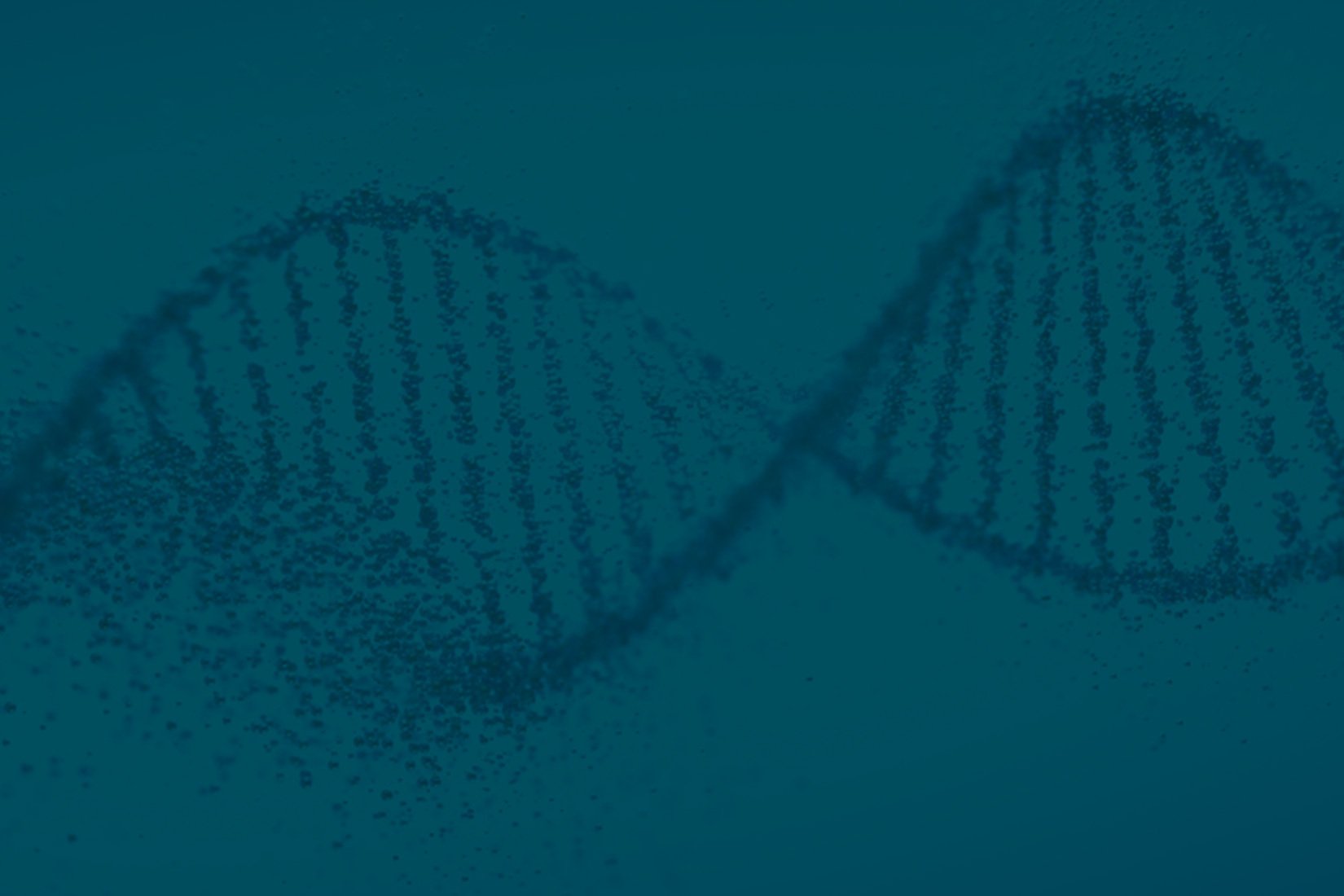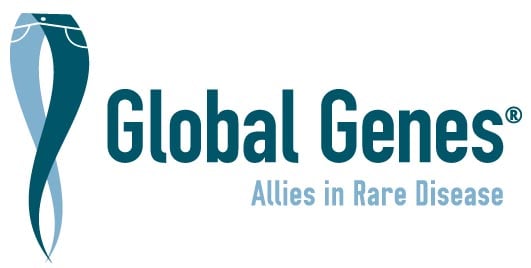Kids With Cockayne Syndrome (A Rare, Premature Aging Disorder) Get Chance to Meet
August 22, 2013
“Slowly everything started to unravel as we discovered that she couldn’t hear and she wasn’t developing right,” Clark said. “It took us five years before we were able to figure out that she had Cockayne syndrome. At that point, she was already close to the end of her life span. She died four months later.”
Clark leads the Share and Care Cockayne Syndrome Network and organizes a conference each year for affected families. She said the gatherings help because the disease can be isolating.
Edward Neilan, who has treated children with the syndrome at Boston Children’s Hospital, attends the conferences to help him spot the disease. “Once you’ve seen a condition, it takes on a personal, memorable aspect to you and becomes easier to recognize,” he said.
Genetic testing can detect mutations that cause the disease, but to diagnose the condition in a child, a doctor must suspect Cockayne and have the patient’s cells tested.
Philip J. Brooks, a rare-disease researcher at the National Institutes of Health, developed a theory that the ailment is caused by cells that don’t make proteins they need to function normally.
Brooks said that meeting affected children sparked his interest. “I had learned about it in textbooks and seen pictures, but that’s not the same thing as seeing it,” he said. “That had a big impact on me.”
Haylee Carroll of Knoxville, Tenn., had three children with the syndrome and two healthy children. Her first two children were never fully identified as having the condition before they died. Now her 3-month-old baby also shows signs of the disease.

Stay Connected
Sign up for updates straight to your inbox.
